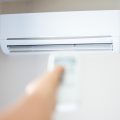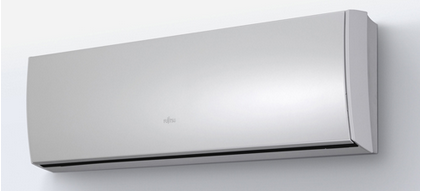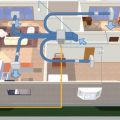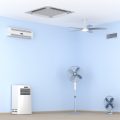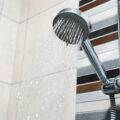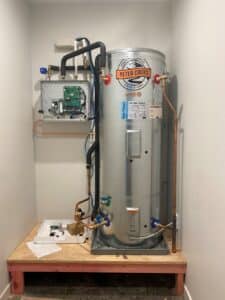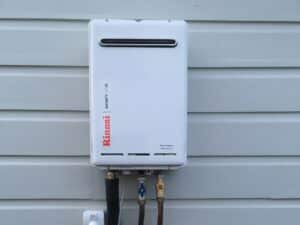Ahh spring. One of my favourite seasons. The suns starting to creep out and all the flowers are so bright and pretty. It’s so refreshing tos ee everything come back to life. But one thing I dread every year is the heat.

Sure the heat creeps up surely, but once it hits it really hits. Mother nature has a lovely way of reminding us that we do indeed have pores and those pores reek of sweat. Gross but true.
What’s worse is there’s actually not an awful lot you can do to combat the heat without worrying that you’re breaking the bank. Fans are cheap to run but don’t do an awful lot – they also create an inescapable robotic noise.
A/C units really are the best. They have minimal sound and feel crisp without feeling like they’re sucking the moisture out of your skin. Air conditioning units gently eased you into cooling. Fans on the otherhand feel like you’re in a convertible going 100km/h!

But A/C costs can really blow…
The only thing that stopped me from becoming a full-blown A/C evangelist is how much they cost compared to fans. That was until I learnt the secret fan manufacturers don’t want you to know. Just kidding. But seriously, buying a cheap A/C unit isn’t as complicated as you would think!
When you first start your A/C hunt, you’ll be hit by some pretty confusing technobabble like SEER, COP and EER. In all honesty I wasn’t entirely positive I even knew what a kilowatt really was! So what really matters?
SEER isn’t the be-all-end-all

SEER, or Seasonal Energy Efficiency Ratio, is a tool to measure how much cooling your A/C unit puts out per each unit of energy it consumes. Sounds pretty important for keeping your electricity bill down right?
Actually SEER is only useful for very particular conditions. Coolerado explains how below:
As a baseline, the SEER measures an air conditioner’s performance at 27 degrees Celsius. Most air conditioners don’t need a lot of power to cool down a space at that temp. However, raise the temperature to 32 or 35 degrees… and you lose an entire ton equivalent of air conditioning. By increasing the temp just 5-10 degrees, the cooling capacity of the unit goes down while the energy consumption goes way up. So, when you’re using a conventional central air conditioner at peak load, you may think you’re getting by with an energy efficient rating of SEER 13, but the fact is, it’s much less.
This also becomes problematic when you think of things like seasonal changes. It’s kinda stupid (no offence SEER) to assume the temperature stays the same year round. Especially in NZ!
A much better ratio is EER or, you guessed it, the Energy Efficiency Ratio. EER works in a similar way to SEER except it is calculated for a controlled environment. This means seasonal changes aren’t accounted for so the air conditioner’s performance isn’t measured at a baseline. Look for heat pump businesses that list using EER instead of SEER to ensure you’re getting value for money.
You don’t live in a barn, do you?

I should hope you know what sort of house you live in. Is the lounge big enough to fit a few couches and some cattle? Are there lots of open hallways? Windows galore? Cozy city apartment? The point is, you should have a rough idea of how difficult it is to heat or cool your home.
As a rule, more space means more money. More windows means more money. You probably already knew that right? But did you know a higher roof also means more money? A chimney means more money? Open living means more money?
Different regions have different considerations as well. Whakatane is the sunniest city in New Zealand whereas places like Timaru are relatively dry. Always keep this in mind when looking for air conditioning units.
Take a good peep around the main areas you want to cool. Then go to a local heat pump business as they’re usually the best at dealing with your climate. If you’re looking for Timaru heat pumps, visit Cool Air for specialised advice for Timaru’s climates.

